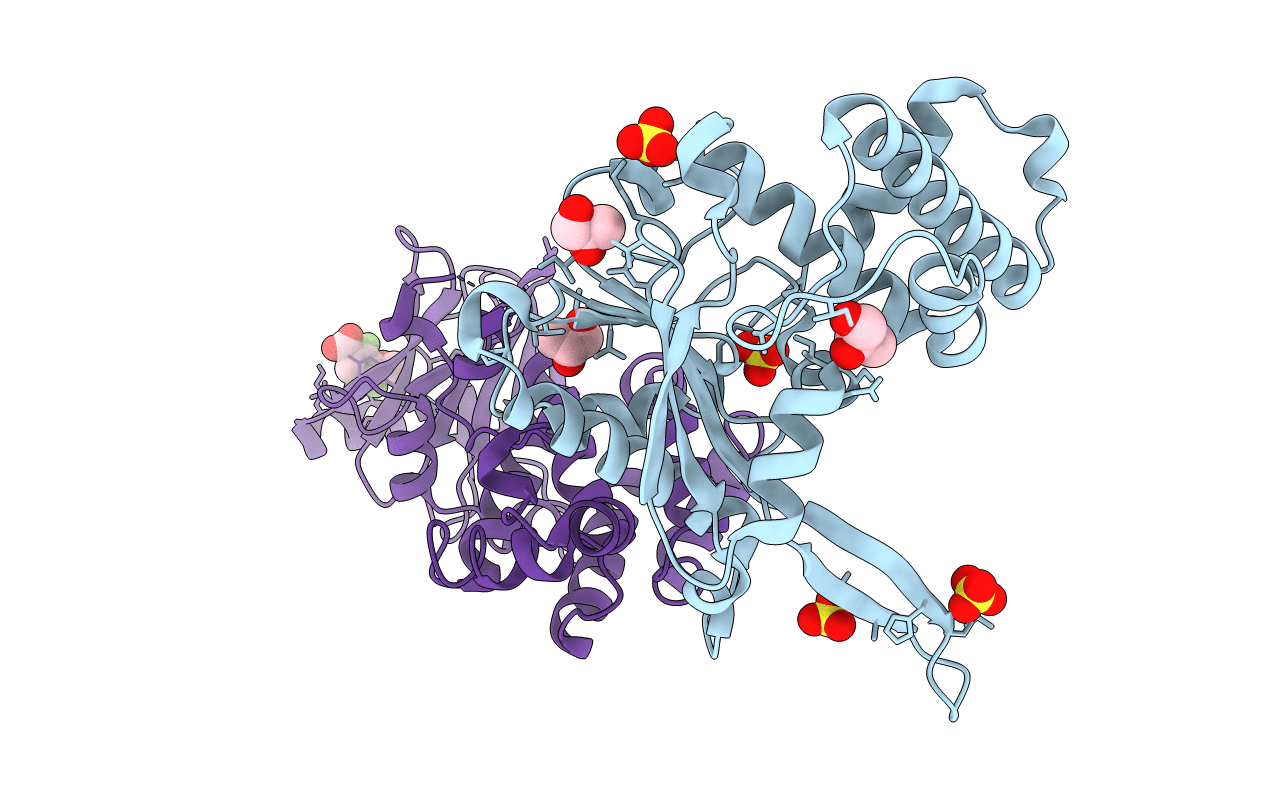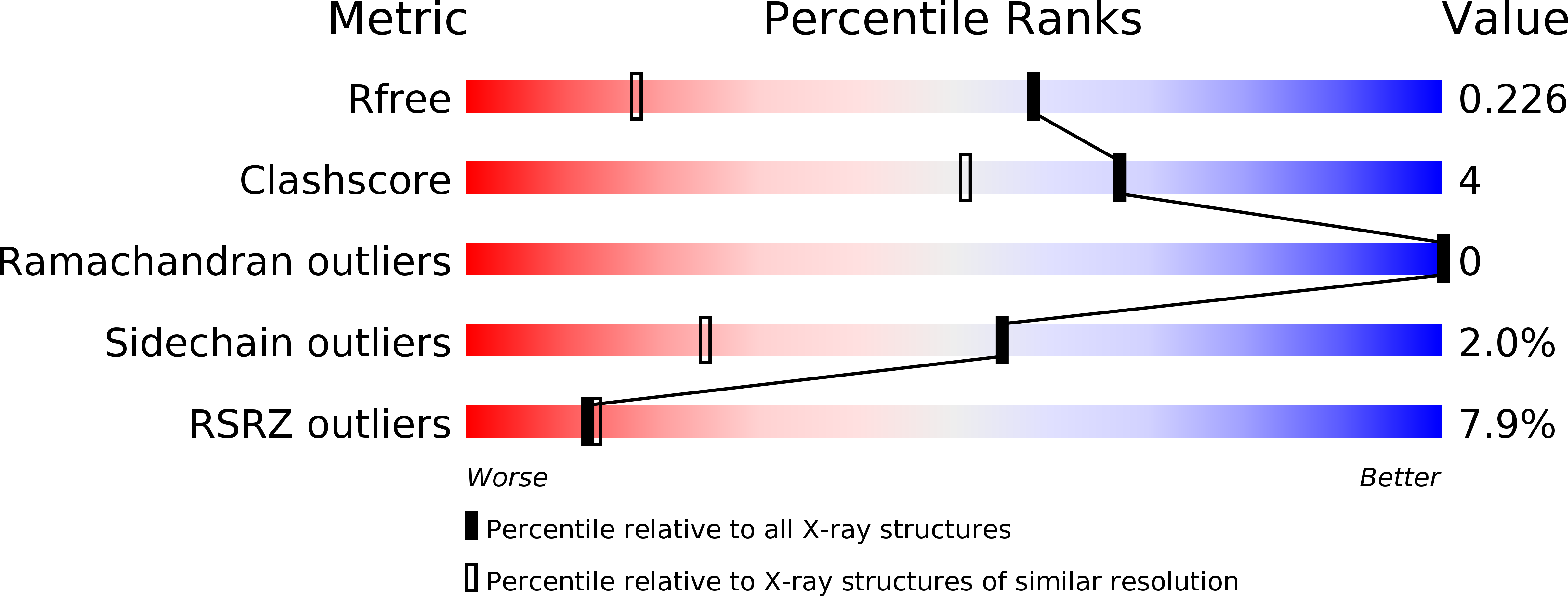
Deposition Date
2020-02-12
Release Date
2020-06-10
Last Version Date
2024-03-06
Entry Detail
PDB ID:
5QY5
Keywords:
Title:
PanDDA analysis group deposition -- Aar2/RNaseH in complex with fragment F2X-Entry C02a
Biological Source:
Source Organism:
Host Organism:
Method Details:
Experimental Method:
Resolution:
1.51 Å
R-Value Free:
0.21
R-Value Work:
0.20
R-Value Observed:
0.21
Space Group:
C 1 2 1


